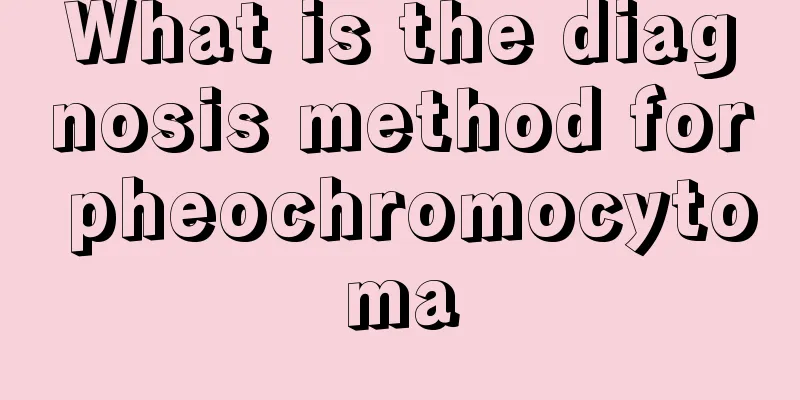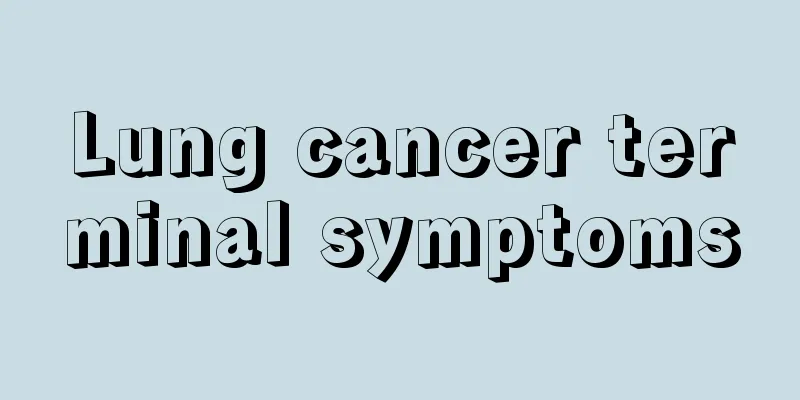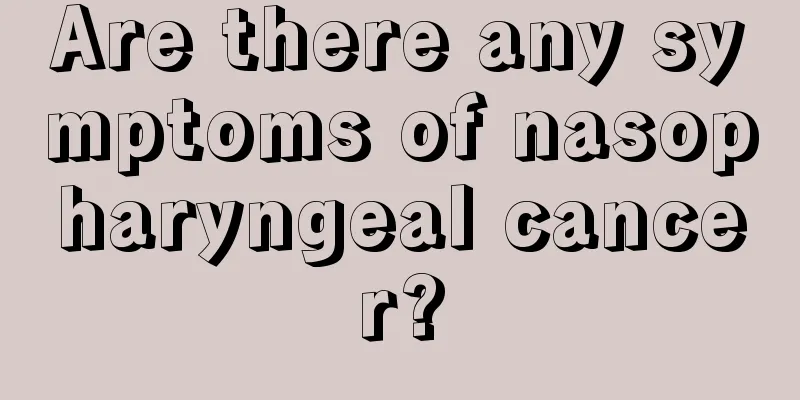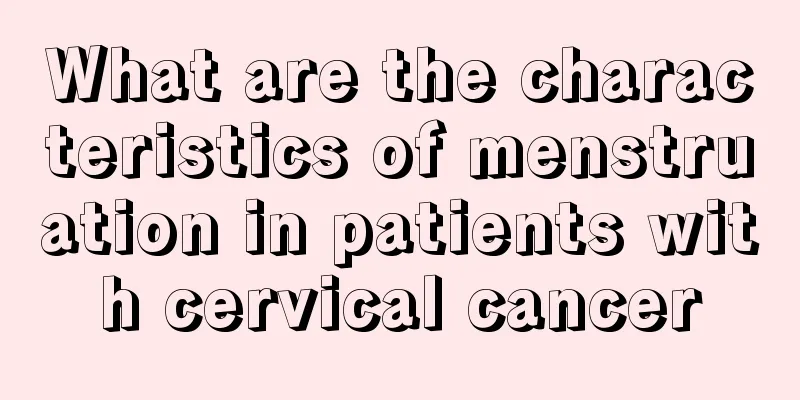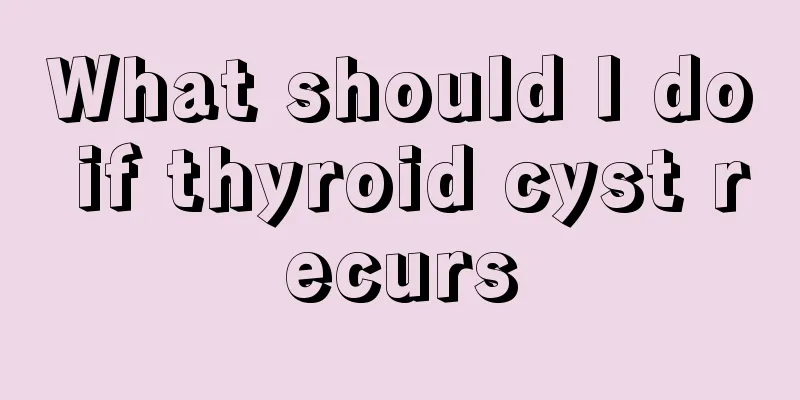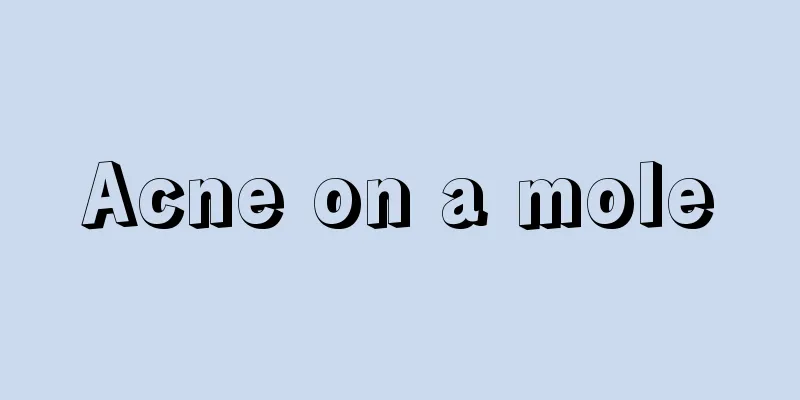Can renal hamartoma be dissolved by taking Chinese medicine?

|
Renal hamartoma is a benign tumor that usually does not need to be "dissolved" by Chinese medicine. Its treatment mainly depends on the size of the tumor, symptoms, and whether it affects kidney function. For small, asymptomatic renal hamartomas, regular observation is usually recommended; for larger or symptomatic tumors, surgical intervention may be required. Chinese medicine has a limited role in the treatment of renal hamartomas, and is more of an auxiliary conditioning of the body rather than directly eliminating the tumor. 1. Causes and characteristics of renal hamartoma Renal hamartoma is a benign tumor composed of blood vessels, smooth muscle and adipose tissue, which is common in the kidney. Its specific cause is still unclear, and it may be related to genetic factors, gene mutations or developmental abnormalities. Most renal hamartomas have no obvious symptoms and are often found during physical examinations. In rare cases, the enlargement of the tumor may cause low back pain, hematuria or abdominal masses, and even compress surrounding organs. 2. Limitations of Chinese medicine in treating renal hamartoma The role of Chinese medicine in the treatment of renal hamartoma is mainly to regulate the body and enhance immunity, rather than directly eliminate the tumor. Some Chinese medicines such as astragalus, ganoderma lucidum, and wolfberry are believed to have the effect of enhancing immunity, but there is a lack of scientific evidence to prove that they can shrink or eliminate renal hamartoma. Chinese medicine treatment should be carried out under the guidance of a professional Chinese medicine practitioner to avoid blind medication. 3. Treatment of renal hamartoma For small, asymptomatic renal hamartomas, regular follow-up with imaging tests to monitor tumor changes is usually recommended. For larger or symptomatic tumors, surgery may be required. Common surgical methods include partial nephrectomy, renal artery embolization, and radiofrequency ablation. Partial nephrectomy is suitable for patients with large tumors but normal kidney function; renal artery embolization shrinks the tumor by blocking its blood supply; radiofrequency ablation uses high temperatures to destroy tumor tissue. 4. Lifestyle adjustment and prevention Patients with renal hamartoma should maintain a healthy lifestyle, such as a balanced diet, adequate exercise, and avoid excessive fatigue. They can eat more foods rich in vitamins and antioxidants, such as fresh vegetables, fruits, and whole grains. Regular physical examinations can help detect tumor changes early and take timely intervention measures. The treatment of renal hamartoma should be personalized according to the specific situation. Chinese medicine can be used as an auxiliary conditioning method, but it cannot replace regular medical treatment. Patients should choose a treatment method that suits them under the guidance of a doctor and follow up regularly to monitor tumor changes. Maintaining a healthy lifestyle and a positive attitude are essential for disease management. |
<<: What are the symptoms and signs of bone cancer
>>: Does renal hamartoma have any harm to the body?
Recommend
My back is itchy and there are bumps after scratching. What's going on?
I believe that many people have experienced itchy...
How to do systematic desensitization therapy?
The method of systematic desensitization therapy ...
What happens if the abortion is not clean?
Medical abortion, also known as medical abortion,...
Do you know if advanced liver cancer is contagious?
Liver cancer not only imposes a heavy financial b...
What can I eat to help me defecate quickly when I am constipated
In today's life and work, people are under gr...
What should I do if I am slow to react and dumb to talk?
Many people will leave others with the impression...
The belly button smells bad
There are many common problems in life. When solv...
The pros and cons of adding white sugar to milk powder
Everyone is familiar with milk powder. If there a...
Does it work to drink glucose before drinking alcohol
Some people have to face a lot of social activiti...
Imaging findings of early gastric cancer
Gastric cancer often occurs in the cardia. Use ba...
What causes mandibular bone cancer
The formation of mandibular bone cancer is relate...
Why does thyroid cancer cause teeth numbness?
Thyroid cancer is a malignant tumor that originat...
What is the cleanest way to clean floor tiles
Nowadays, many families will choose different dec...
How long does it take to do radiotherapy and chemotherapy for nasopharyngeal carcinoma
How long does chemotherapy and radiotherapy take ...
What are the dangers of eating instant noodles
With the ever-accelerating pace of life and busy ...
